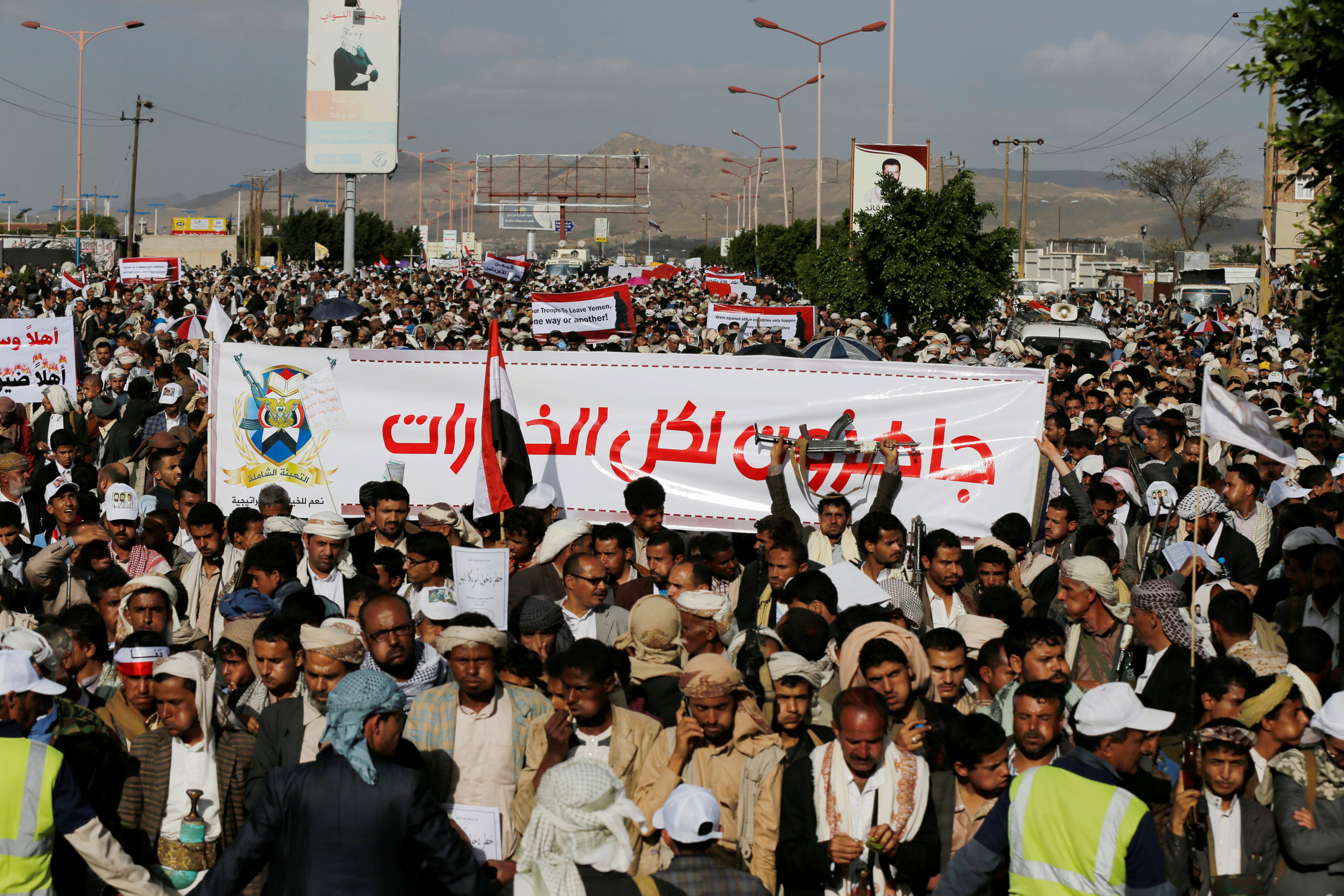
By Andrew Cawthorne and Corina Pons
CARACAS (Reuters) – A 20-year-old Venezuelan protester died on Friday after being shot in the head, authorities said, taking fatalities from a month of anti-government unrest to at least 37 as the opposition geared up for more demonstrations.
Hecder Lugo was hurt during fighting between demonstrators and security forces in Valencia on Thursday that also injured four others, the local opposition Mayor Enzo Scarano said in a series of tweets.
The state prosecutor’s office, which keeps an official count of deaths since protests began against socialist President Nicolas Maduro in early April, confirmed he died after being shot in a protest.
Another 717 people have been injured and 152 are still in jail from the hundreds rounded up in widespread unrest around the volatile South American OPEC nation of 30 million people, according to the office’s latest tally.
There has been violence and widespread looting this week in Valencia, a once-bustling industrial hub two hours from the capital by road.
And in an incident loaded with symbolism, a handful of young men destroyed a statue of late leader Hugo Chavez in the oil-producing Zulia state, according to videos circulating on social media on Friday evening.
Footage shows the statue, which depicts Chavez saluting and wearing a sash, being yanked down to cheers in a public plaza before it is bashed into a sidewalk and then the road as onlookers swear at the leftist, who died in 2013 from cancer.
“Students destroyed this statue of Chavez. They accuse him, correctly, of destroying their future,” opposition lawmaker Carlos Valero said about the incident, which was also reported in local media. Reuters was unable to independently confirm it.
Venezuela’s opposition, which now enjoys majority support after being in the shadow of the ruling Socialist party since Chavez’s 1998 election win, says his successor Maduro has become a dictator and wrecked the economy.
Vowing to stay in the streets for as long as necessary, opposition leaders announced nationwide women’s marches for Saturday with the biggest planned for the capital Caracas.
Opposition lawmakers briefly unfurled a banner on Friday at the National Assembly, where they won a majority in 2015 thanks to voter ire over the recession, saying “Maduro Dictator”.
The president says they are seeking a violent coup with U.S. support, and is setting up a “constituent assembly” super body to shake up public powers, change the constitution, and possibly replace the existing legislature.
“President Maduro has made a big call to national dialogue,” Foreign Minister Delcy Rodriguez told diplomats at a meeting on Friday, showing them images of violence and vandalism on the streets caused by youths at the front of protests.
“They are not peaceful, the opposition leaders share big responsibility in these acts of extremism and vandalism.”
FATALITIES ON BOTH SIDES
Opposition protests have often started peacefully but degenerated into violence when security forces block marchers and masked youths fight them with stones, Molotov cocktails and fireworks shot from pipes turned into homemade mortars.
Fatalities have included supporters of both sides, bystanders and members of the security forces.
Gunshot wounds have been the most common cause of deaths.
The opposition is boycotting Maduro’s constituent assembly process, saying it is a ploy to keep him in power by setting up a body with mechanisms to ensure a government majority.
Having failed to trigger a referendum on his rule last year, the opposition is calling for delayed state gubernatorial elections to be held as soon as possible, and for the next presidential election slated for 2018 to be brought forward.
Polls show the ruling Socialists would badly lose any conventional vote due to four years of economic crisis that has led to debilitating food and medicine shortages.
While Maduro says opposition ranks include armed hoodlums, activists accuse the security forces of using excessive force including firing teargas canisters directly at people and allowing pro-government gangs to terrorize demonstrators.
Opposition leader Henrique Capriles said on Friday that 85 members of the military in Caracas had been arrested for opposition “repression,” adding that their relatives had asked him to publicize the detentions.
“Cousin, it’s enough!” Defense Minister Vladimir Padrino’s cousin, Ernesto Padrino, wrote to him in an open letter.
He was following in the footsteps of the state human rights ombudsman’s son who surprised the country by publishing a video begging his father to “end the injustice.”
“Eighty percent of Venezuelans want elections as a way out of our nation’s grave economic and political crisis,” wrote Ernesto Padrino on Facebook.
“Sooner or later, the Venezuelan people will make you pay.”
(Reporting by Andrew Cawthorne and Corina Pons, additional reporting by Alexandra Ulmer, Andreina Aponte, and Diego Ore; Editing by Andrew Hay and Lisa Shumaker)








